Button Fern / Pellaea rotundifolia
₹119
28 in stock
Description
BUTTON FERN:
Pellaea rotundifolia, or Cliff breaker (its ability to grow between rocks), Button fern is a fern variety with soft and velvety leaves and dark red stem. Pellaea comes from the Greek word which means dark (dark red stem); the stem gets dark red and leaflets much rounder as the plant ages.
Round-leaf ferns grow 12-18 inches long.
The round-leaved ferns are often confused with lemon button fern (Nephrolepsis cordifolia) which are different from each other. These look best when grown in hanging baskets or table tops.
HOW TO CARE FOR YOUR FERNS:
SOIL:
- Provide a loose, a well-draining soil mixture, not much. Since they prefer organic content in the soil such as peat, coconut peat, keeping a balanced acidic soil (pH 6-6.5) is benefitting to the plant growth.
- Peat moss can be a great alternative for soil which will maintain a high humid condition.
- More prolonged period of dry soil will turn the fronds yellow and your plant might even die.
- The uniqueness about this fern is that it can tolerate to dry soil to some extent.
LIGHT:
- These plant needs a bright indirect light so keep near a window where direct sunlight does not fall. Do not let direct sunlight touch the foliage, the leaves may become scorched.
- An ideal location will be where filtered sunlight or partial shade is available.
WATERING:
- They prefer moist soil (not wet). make sure the soil is Damp. To maintain the water content or moisture in the soil, use pebble tray OR keep a sprayer handy.
- Drooping of leaves is possible if the plant is underwatered or overwatered. Reduce watering during winters.
PRUNING:
- Pruning is not required much. Do remove the yellow and brown fronds.
FERTILIZING:
- Ferns are not a fan of fertilizers. They hate the inorganic build-up on the topsoil.
- Fertilize during the growing season (April-September), preferably liquid fertilizer of half the strength. Avoid bringing the fertilizer in contact with the fronds.
REPOTTING:
- If you have the plant for a year or so and you observe the plant is growing slow, check for its nutrient requirements or the plants need a bigger pot.
- Re-pot the ferns during the growing season i.e., spring.
HOW TO PROPAGATE YOUR FERNS:
The propagation is ferns is damn easy, when grown with rhizome division. By simply snipping some fronds with rhizomes and plant in new pot.
They can also be propagated using spores, which can be tricky for the beginners.
| ORIGIN | New Zealand and Australia |
| COLOURS ON PLANT | Green and dark red |
| PLANT TYPE | Indoor/Outdoor (keep in partial shade), UPRIGHT GROWTH |
| SOIL | Loose, moist (not wet), well-draining mix, acidic/ high organic matter |
| LIGHT REQUIREMENT | Bright Indirect sunlight or partial shade |
| WATERING | 2 times a week (increase watering in hot temperature) |
| FERTILIZERS | Once or twice a year |
| PROPAGATION | Rhizome division |
KNOW YOUR FERNS:
There are some basic things which, y’all dear customers need to know. The so-called leaves are not leaves but FRONDS, the roots are called RHIZOMES, and FERNS DO NOT PRODUCE FLOWERS.
They prefer moisture and less of sun’s light. Ferns are sensitive plants and may die when fertilizers are provided to them in excess.
Quantity: A single plant
Only logged in customers who have purchased this product may leave a review.


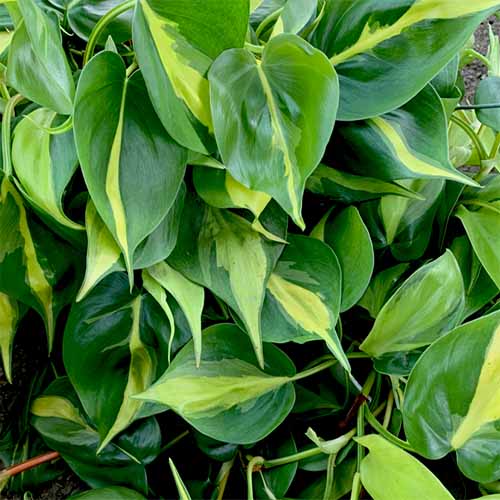
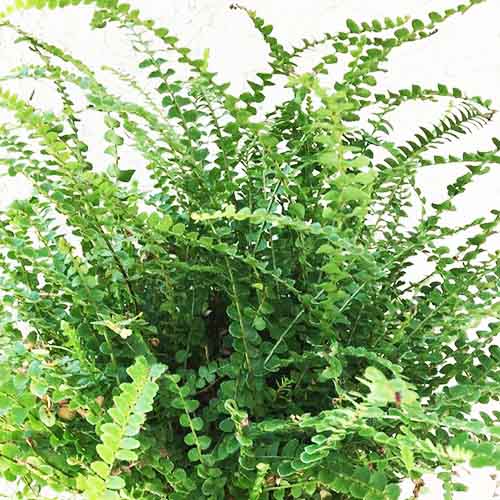
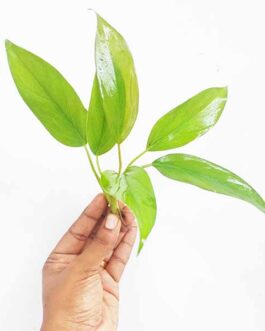
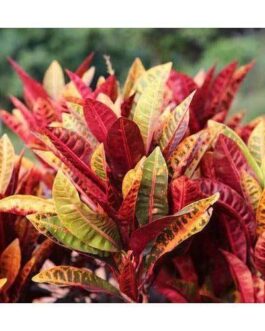
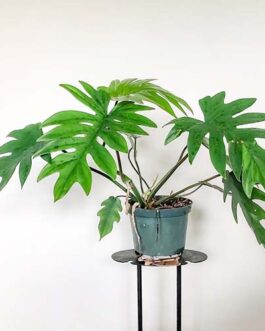
Reviews
There are no reviews yet.